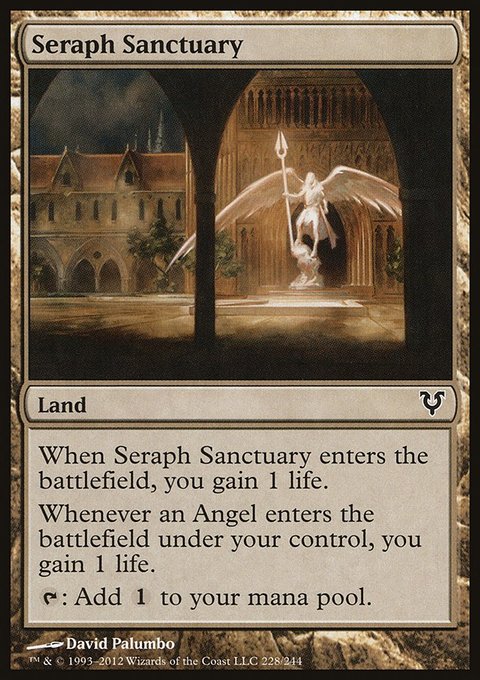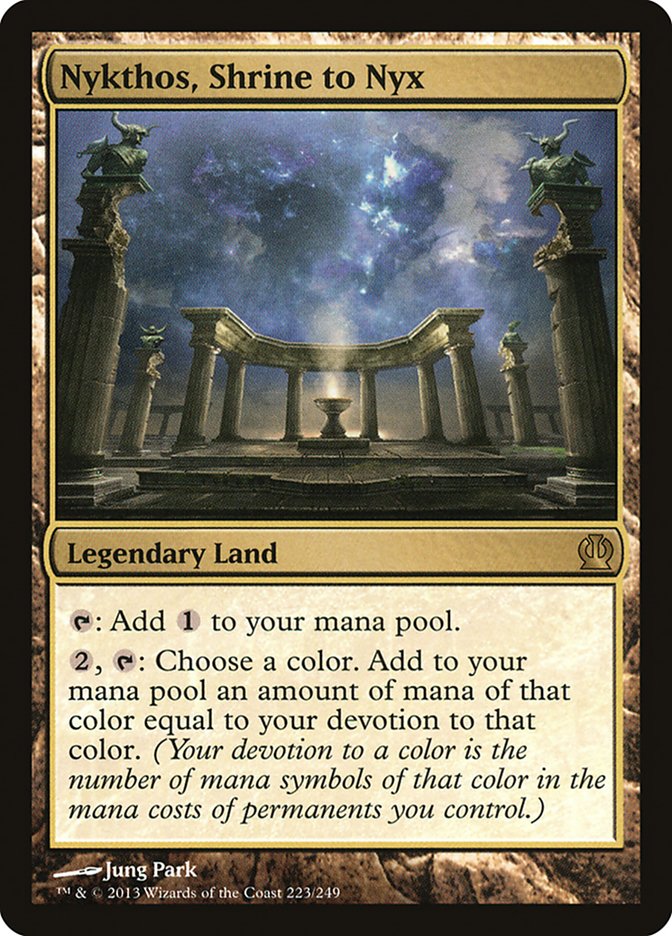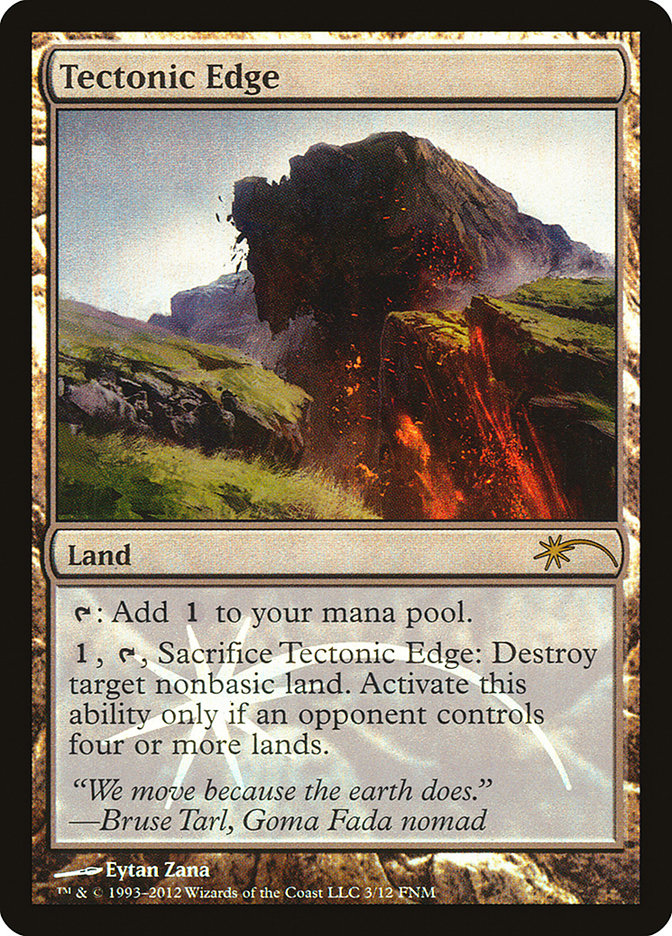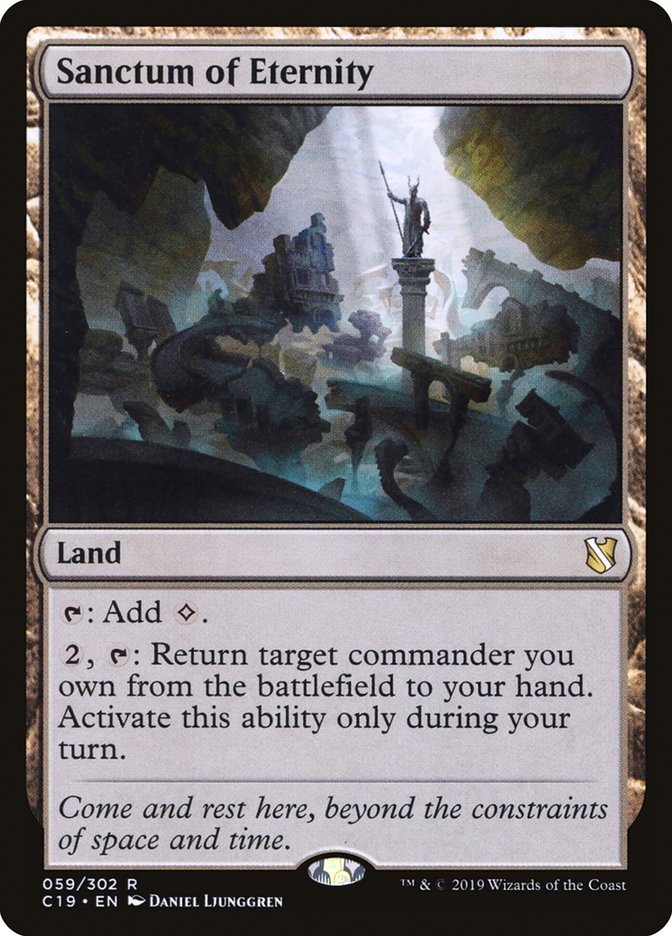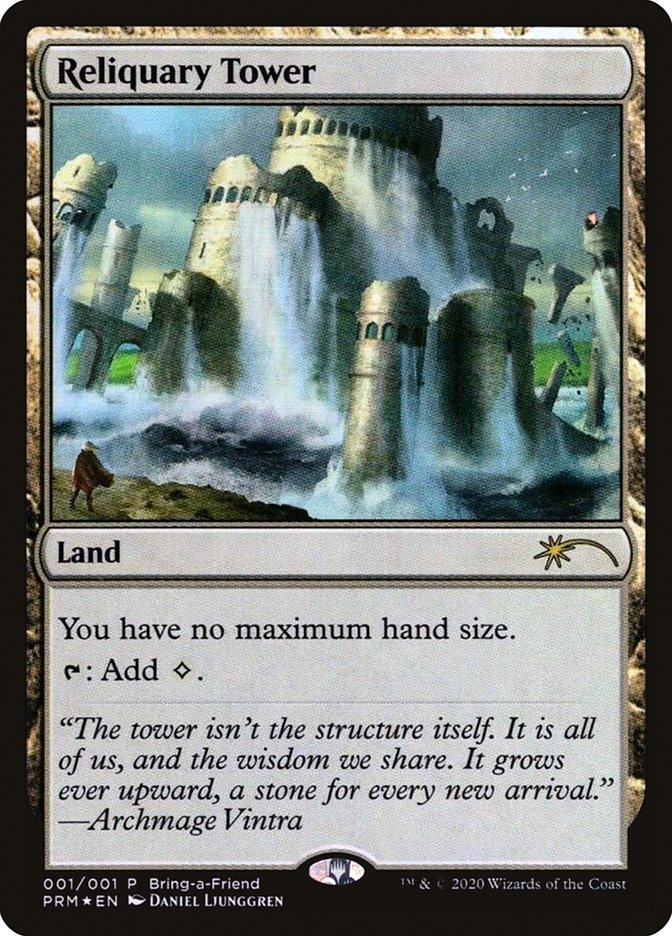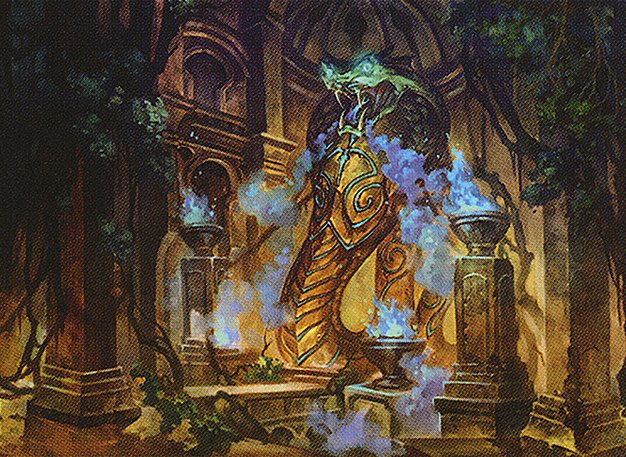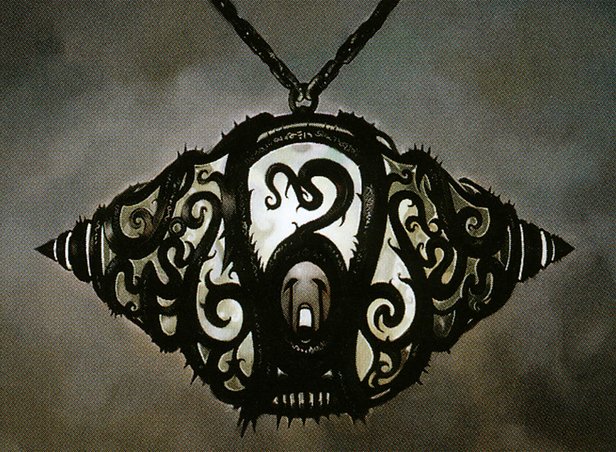Sheltered Valley MTG Card
| Rarity | Rare |
| Type | Land |
| Released | 1996-06-10 |
| Set symbol | |
| Set name | Alliances |
| Set code | ALL |
| Number | 142 |
| Frame | 1993 |
| Layout | Normal |
| Border | Black |
| Illustred by | Rob Alexander |
Key Takeaways
- Provides consistent land drops without taking up vital phases, vital for maintaining game rhythm.
- Helps accelerate resources, especially in life-based decks, enhancing strategic depth and synergy.
- Demands player’s careful balance of card count for activation, adding a layer of tactical gameplay.
Text of card
When Sheltered Valley comes into play, bury any other Sheltered Valley you control. During your upkeep, if you control three or fewer lands, gain 1 life. oc T: Add one colorless mana to your mana pool.
Card Pros
Card Advantage: Sheltered Valley doesn’t immediately offer card advantage in the traditional sense, but it provides consistent land drops, ensuring you don’t miss crucial plays due to a lack of mana sources. It can be returned from the graveyard to the battlefield, subtly filling your hand by allowing you to play the same land multiple times throughout a match.
Resource Acceleration: Once you reach the required life threshold, Sheltered Valley aids in resource acceleration by generating an additional point of life, which can be vital in formats where life can be used as a resource or for triggering life-based abilities and mechanics.
Instant Speed: While Sheltered Valley isn’t an instant itself, its triggered ability can activate during the upkeep phase, which does not consume your main phase resources. This allows you to optimize mana usage and maintain the ability to interact with the board at instant speed with other cards in your hand.
Card Cons
Discard Requirement: Sheltered Valley asks for a significant downside to kick in its ability. In MTG, sacrificing permanents is a common cost for powerful effects, but Sheltered Valley requires you to be down to one or fewer cards in hand to gain its life buff. This can be particularly disadvantageous when you’re trying to maintain options and board presence against an opponent.
Specific Mana Cost: Although colorless to play, Sheltered Valley fits into decks that benefit from long-term play due to its land type. It requires you to have controlled it since your last upkeep, meaning that immediate benefits are off the table. Moreover, its ability to only activate during your upkeep can clash with the faster pace desired by many players.
Comparatively High Mana Cost: Given that Sheltered Valley enters the battlefield tapped and only provides colorless mana, its tempo loss is a noticeable drawback. Modern MTG features a variety of lands that can enter untapped or provide multiple colors of mana or other effects with less demanding conditions, nudging Sheltered Valley aside in terms of mana efficiency.
Reasons to Include in Your Collection
Versatility: Sheltered Valley offers a unique land option that works well in life gain decks or slower, control-oriented builds. By providing a consistent life buffer, it can be an asset in long games where stability is key.
Combo Potential: As a land with a life gain mechanic, it pairs well with cards that trigger off life increases, potentially serving as a cog in a combo engine that leverages life for card draw, creature strength, or other beneficial effects.
Meta-Relevance: In a meta that’s heavy on aggression, having Sheltered Valley can be a turning point, affording players additional turns against heavy-hitting decks with its incremental life gain strategy. As the game progresses, this advantage can become more pronounced.
How to beat
Sheltered Valley stands out in the landscape of land cards within Magic: The Gathering due to its unique ability to provide a steady life boost during the later stages of the game. Its activation is contingent upon having at least three more lands than it, which means that, unlike other lands, it doesn’t immediately contribute to your mana pool or have an impact on the board when it enters the battlefield. To effectively counter Sheltered Valley, players should employ aggressive land destruction tactics or utilize cards that restrict the opponent’s ability to have a large number of lands in play.
One efficient strategy includes utilizing cards like Ghost Quarter or Field of Ruin to directly target and destroy Sheltered Valley before it can become a significant source of life gain. Alternatively, employing a land tax strategy with cards like Ankh of Mishra or Zo-Zu the Punisher puts pressure on the opponent anytime they play a land, ultimately deterring them from expanding their land count excessively. These methods ensure that the condition for Sheltered Valley’s ability is hard to meet, rendering it less of a threat during the game’s progression.
In summary, while Sheltered Valley has the potential to serve as a form of life buffer for players, its impact can be mitigated by incorporating disruption tactics in one’s deck, focusing on controlling the opponent’s land plays and denying them the setup that Sheltered Valley requires to be effective.
Cards like Sheltered Valley
Sheltered Valley holds a unique position within the array of lands in Magic: The Gathering. As a land from the “Alliances” set, this card incrementally increases your life total if under certain conditions. This mechanic is somewhat reminiscent of the famed Seraph Sanctuary which also grants life, but it does so whenever an Angel enters the battlefield under your control, offering an immediate rather than a delayed benefit.
Comparatively, Dismal Backwater exists in a different lane by providing both life gain and mana fixing the moment it enters the battlefield. Though it doesn’t continually boost your life total, it’s more immediate and reliable. Cradle of the Accursed, on the other hand, doesn’t offer life gain, but it does transform into a creature, presenting an alternate form of utility not found in Sheltered Valley.
Considering these examples, Sheltered Valley’s strength lies in its passive yet persistent life-gaining capability that can add up over time, beneficial in decks that are designed for longevity. Each of these lands brings distinctive strategies to the table, proving that Sheltered Valley has its place, particularly in slower, life-oriented decks in Magic: The Gathering.
Cards similar to Sheltered Valley by color, type and mana cost
Where to buy
If you're looking to purchase Sheltered Valley MTG card by a specific set like Alliances, there are several reliable options to consider. One of the primary sources is your local game store, where you can often find booster packs, individual cards, and preconstructed decks from current and some past sets. They often offer the added benefit of a community where you can trade with other players.
For a broader inventory, particularly of older sets, online marketplaces like TCGPlayer, Card Kingdom and Card Market offer extensive selections and allow you to search for cards from specific sets. Larger e-commerce platforms like eBay and Amazon also have listings from various sellers, which can be a good place to look for sealed product and rare finds.
Additionally, Magic’s official site often has a store locator and retailer lists for finding Wizards of the Coast licensed products. Remember to check for authenticity and the condition of the cards when purchasing, especially from individual sellers on larger marketplaces.
Below is a list of some store websites where you can buy the Sheltered Valley and other MTG cards:
- eBay
- TCG Player
- Card Kingdom
- Card Market
- Star City Games
- CoolStuffInc
- MTG Mint Card
- Hareruya
- Troll and Toad
- ABU Games
- Card Hoarder Magic Online
- MTGO Traders Magic Online
See MTG Products
Legalities
Magic the Gathering formats where Sheltered Valley has restrictions
| Format | Legality |
|---|---|
| Commander | Legal |
| Legacy | Legal |
| Oathbreaker | Legal |
| Premodern | Legal |
| Vintage | Legal |
| Duel | Legal |
| Predh | Legal |

